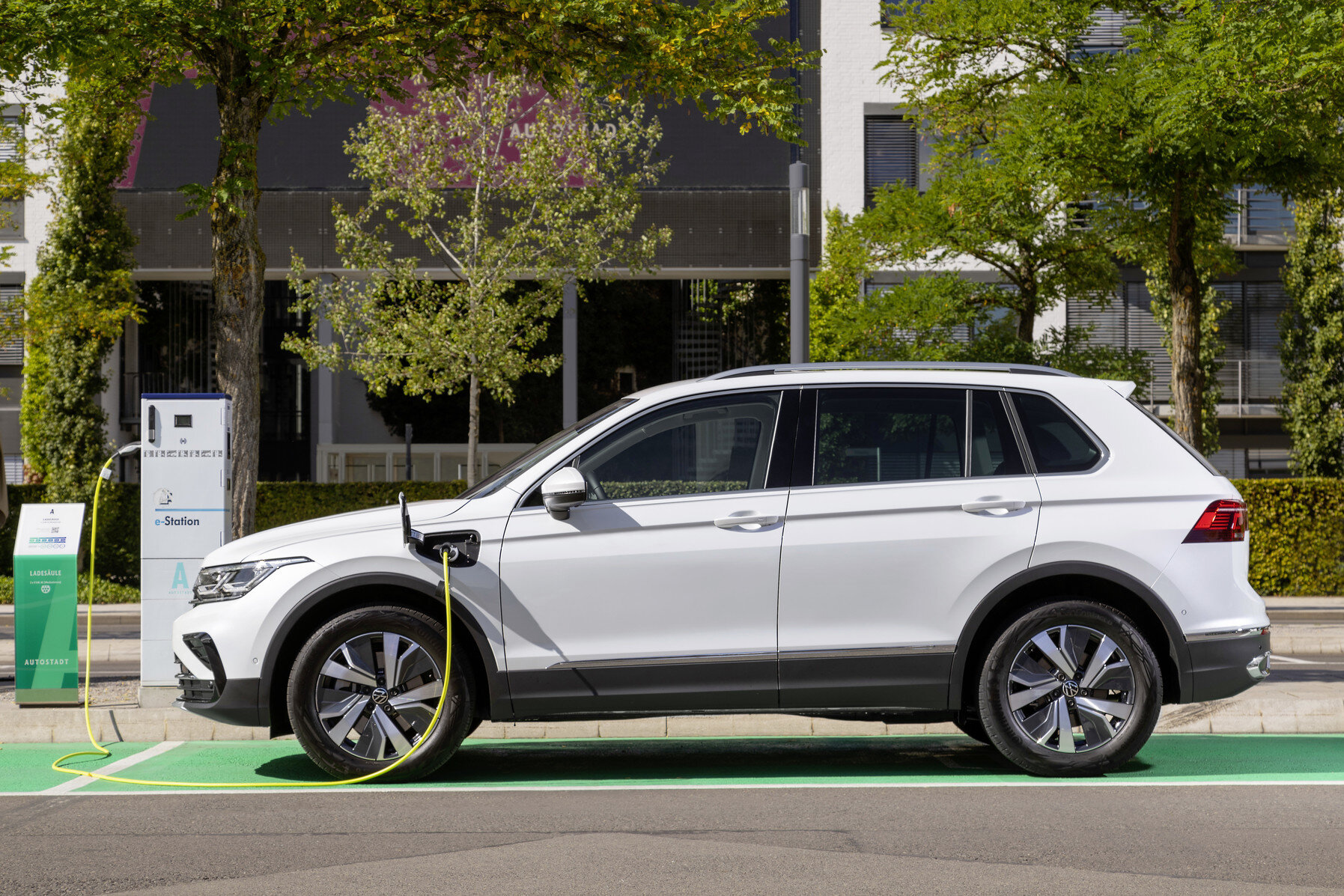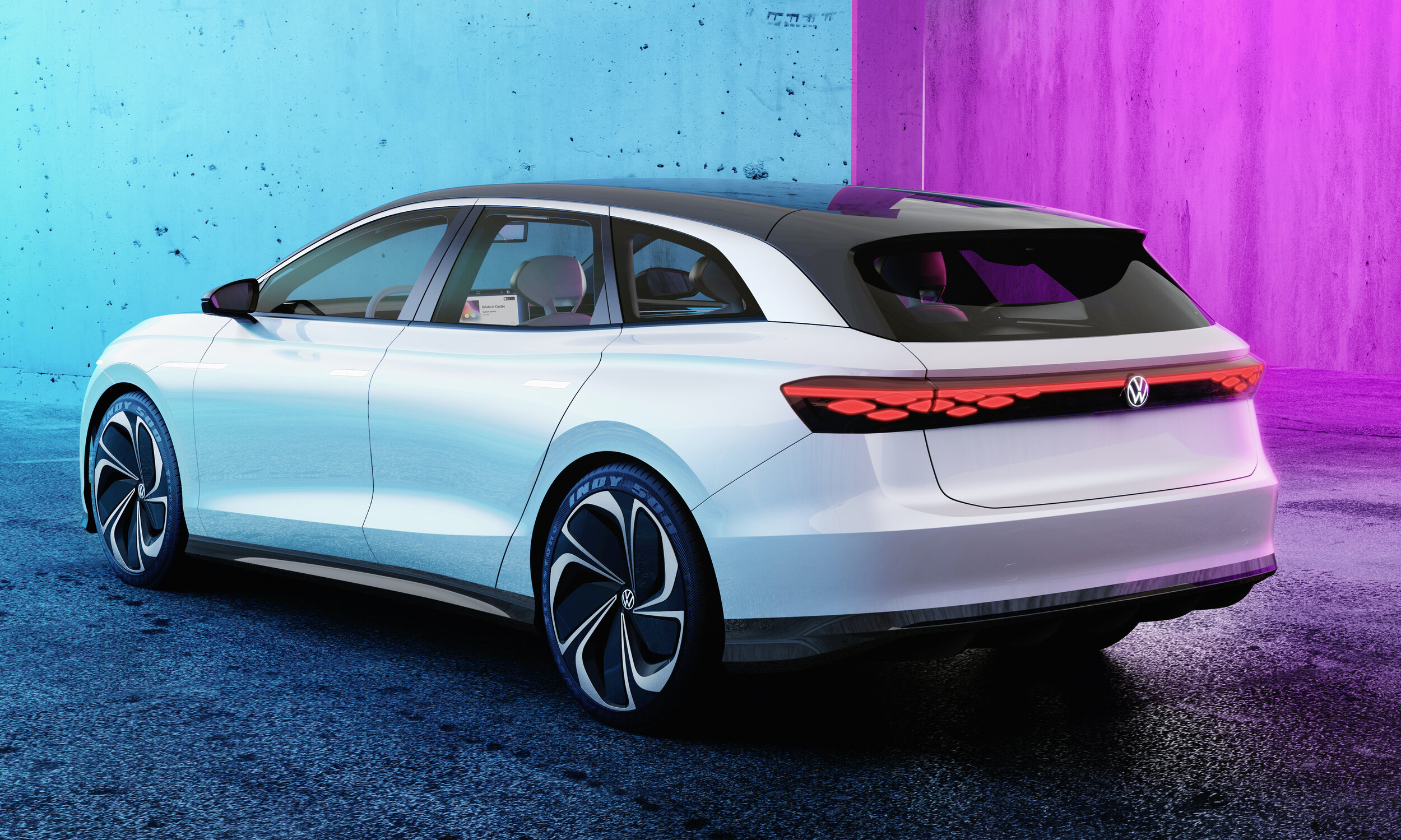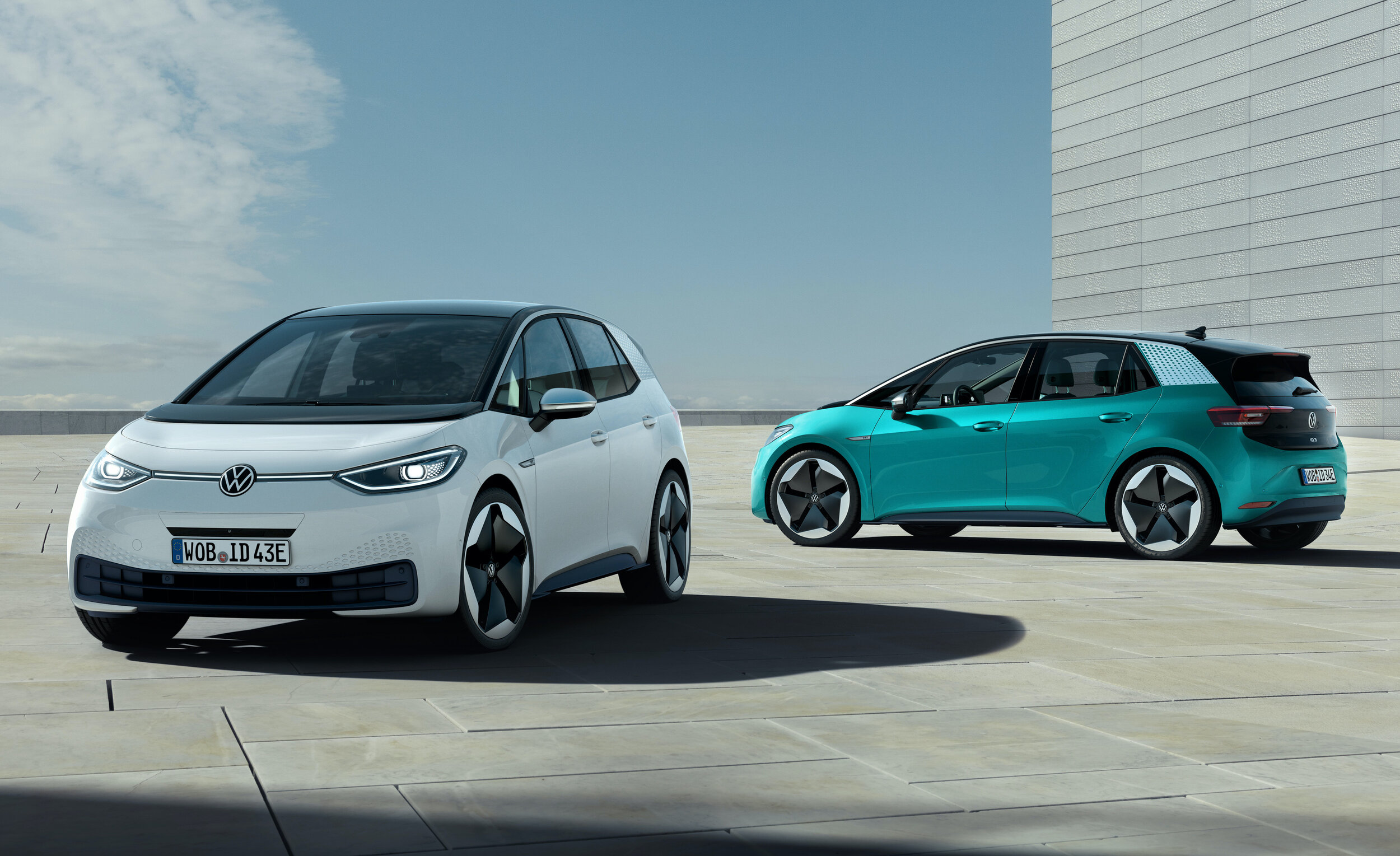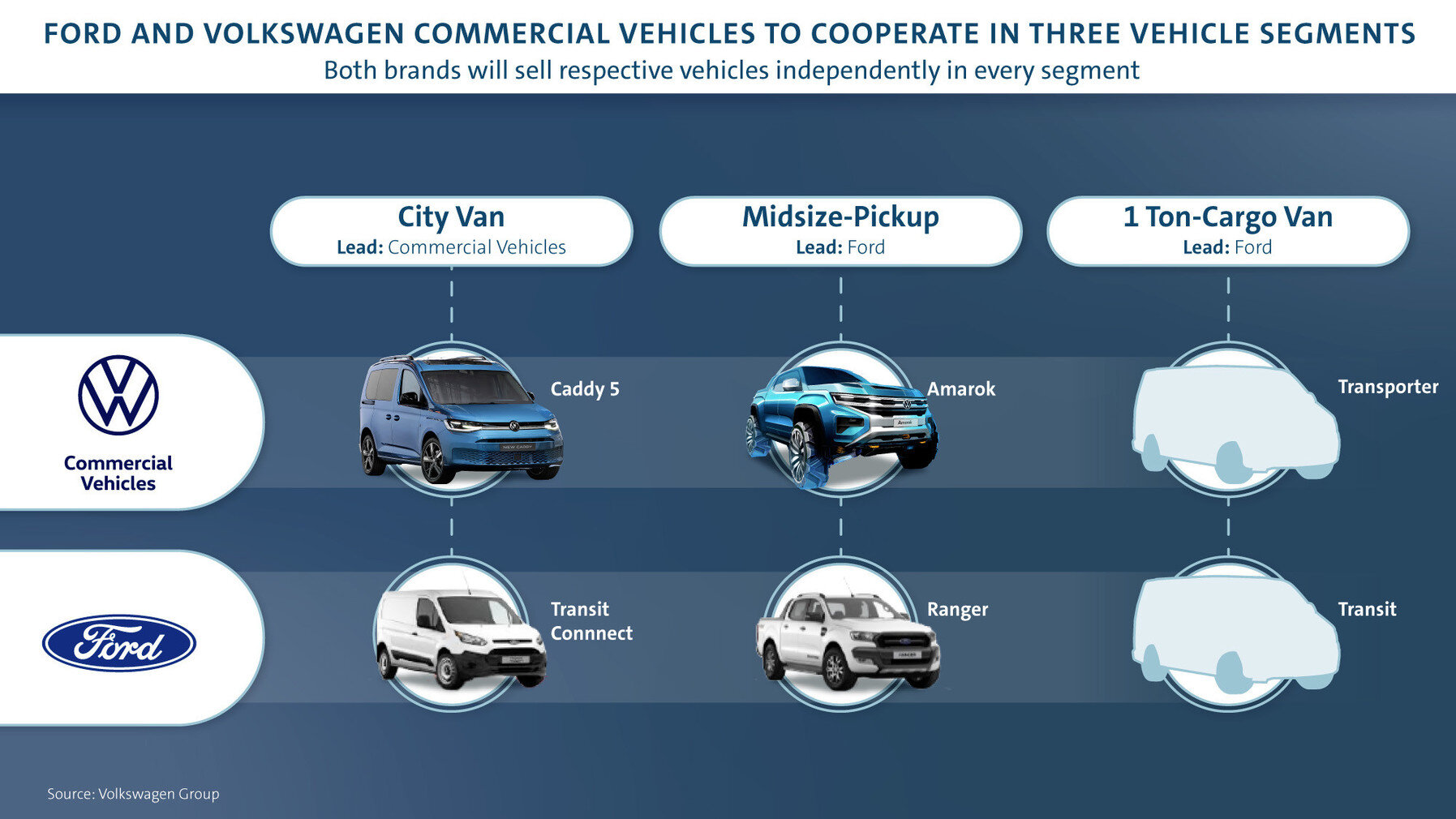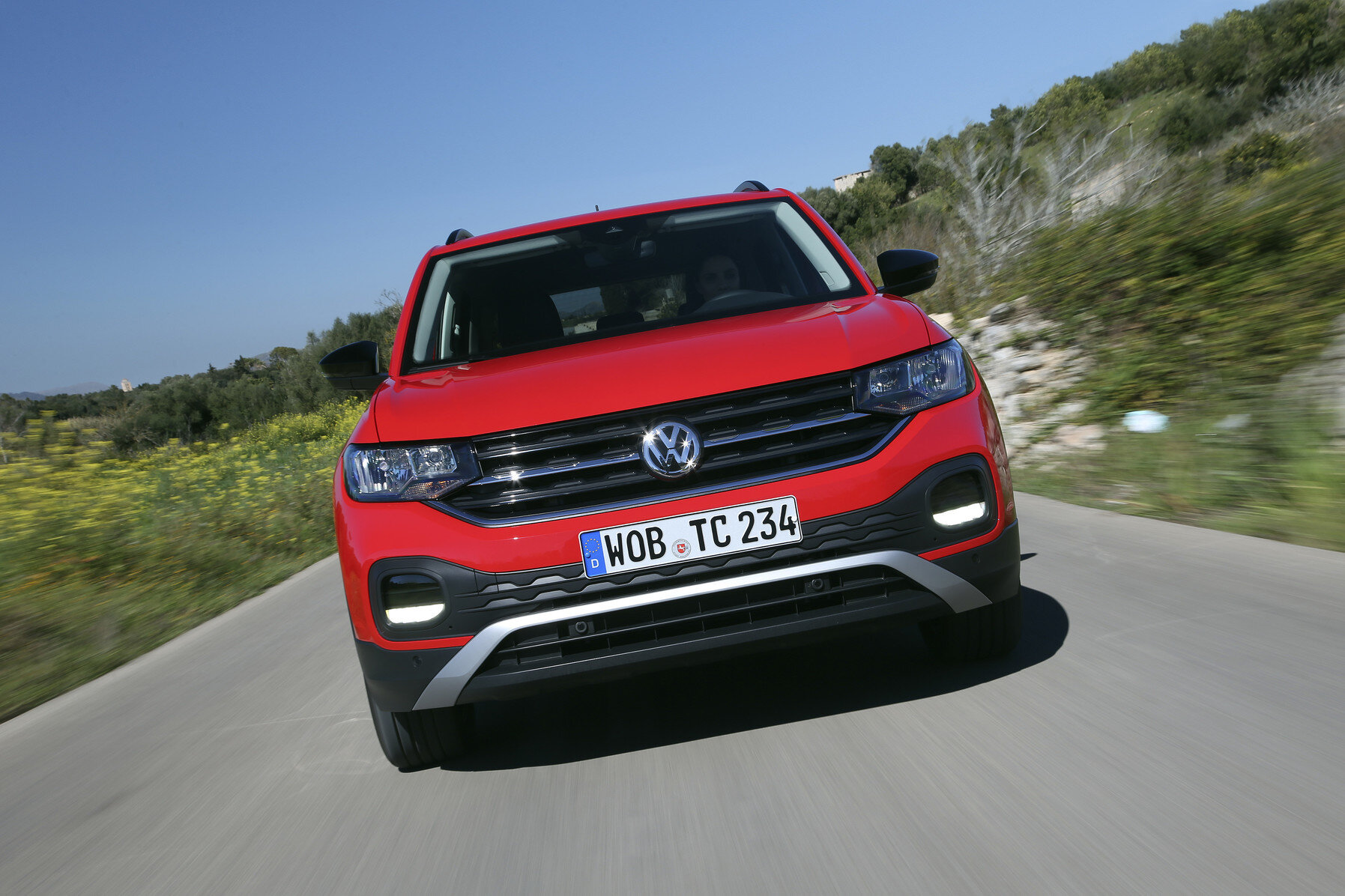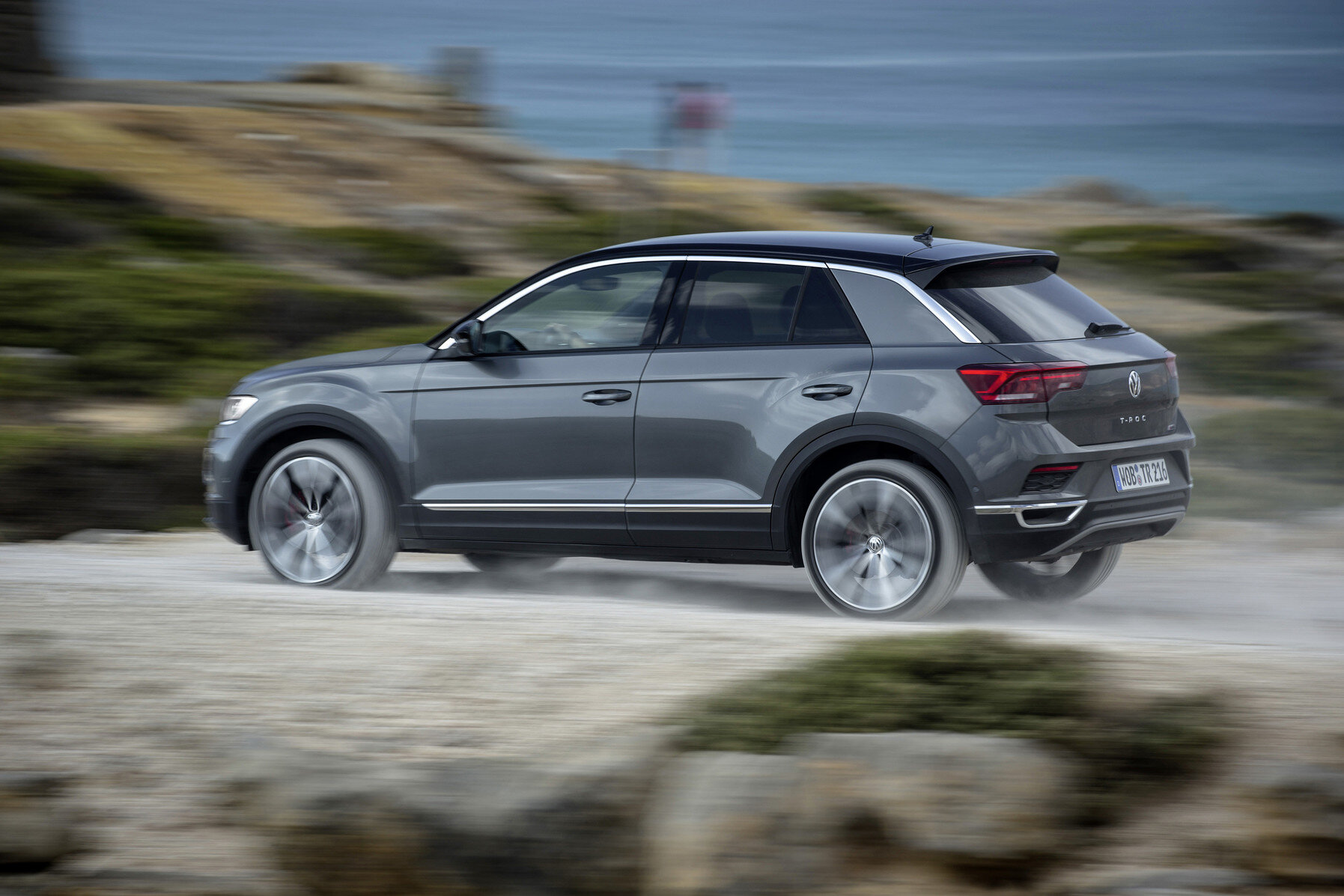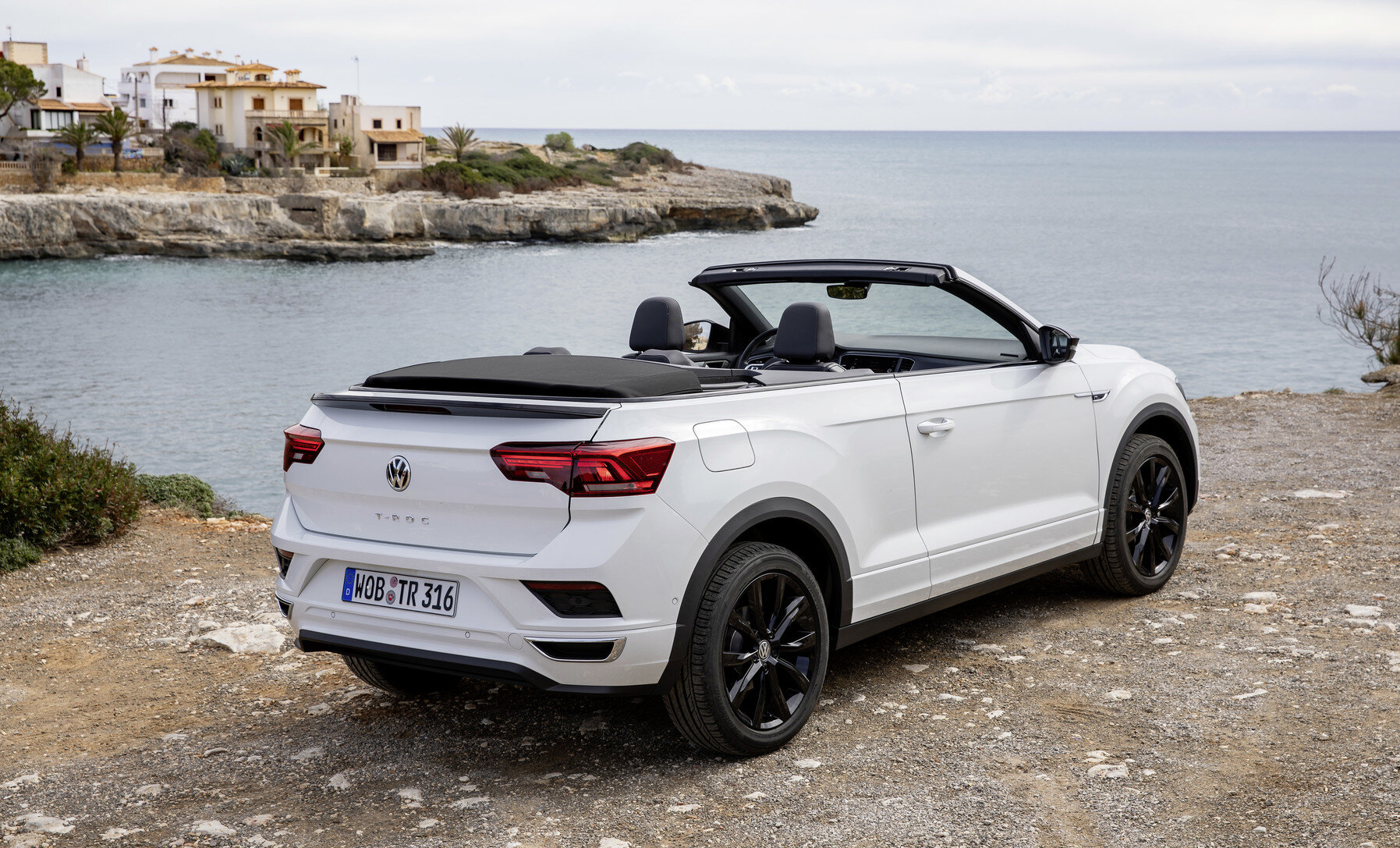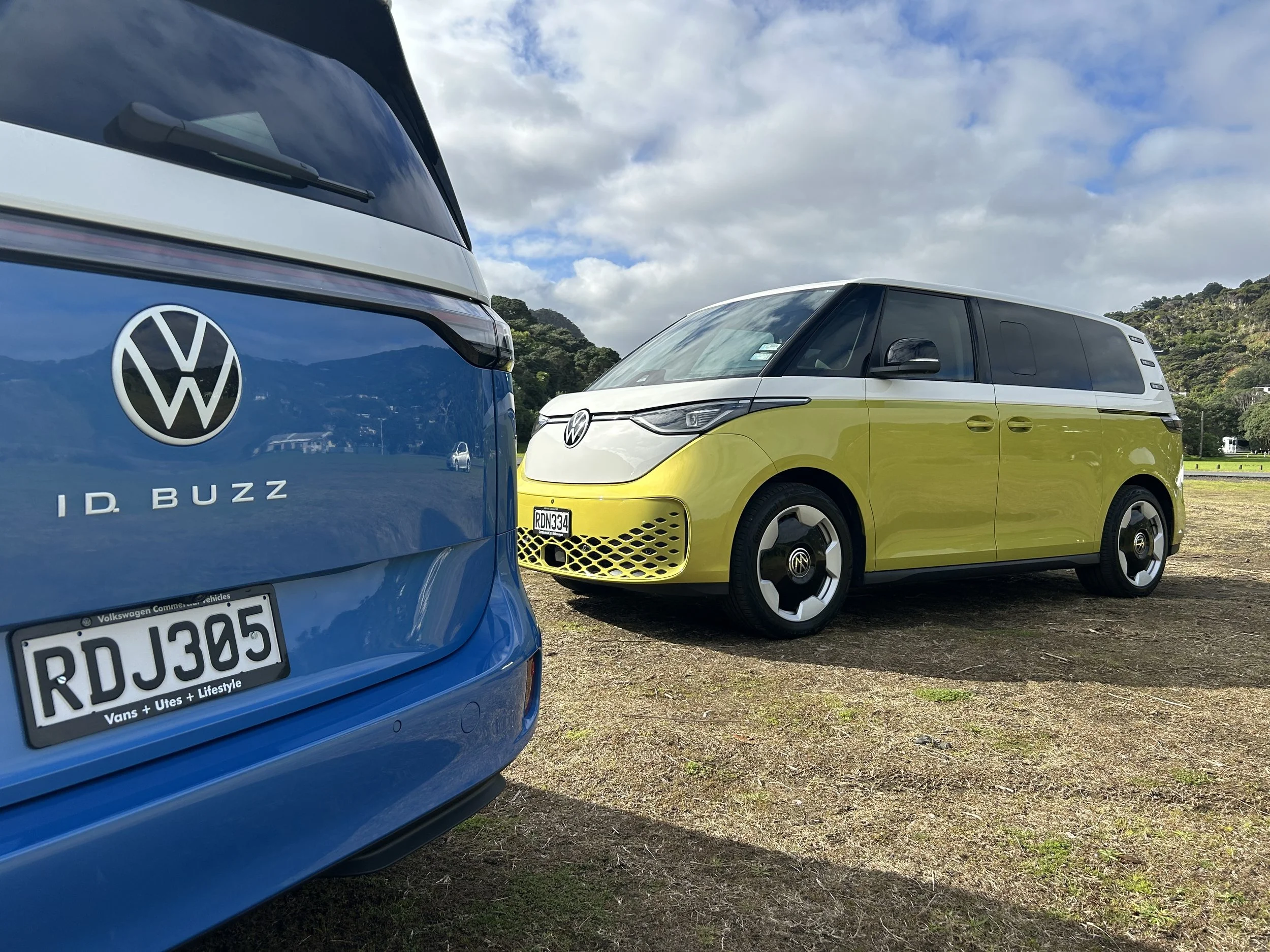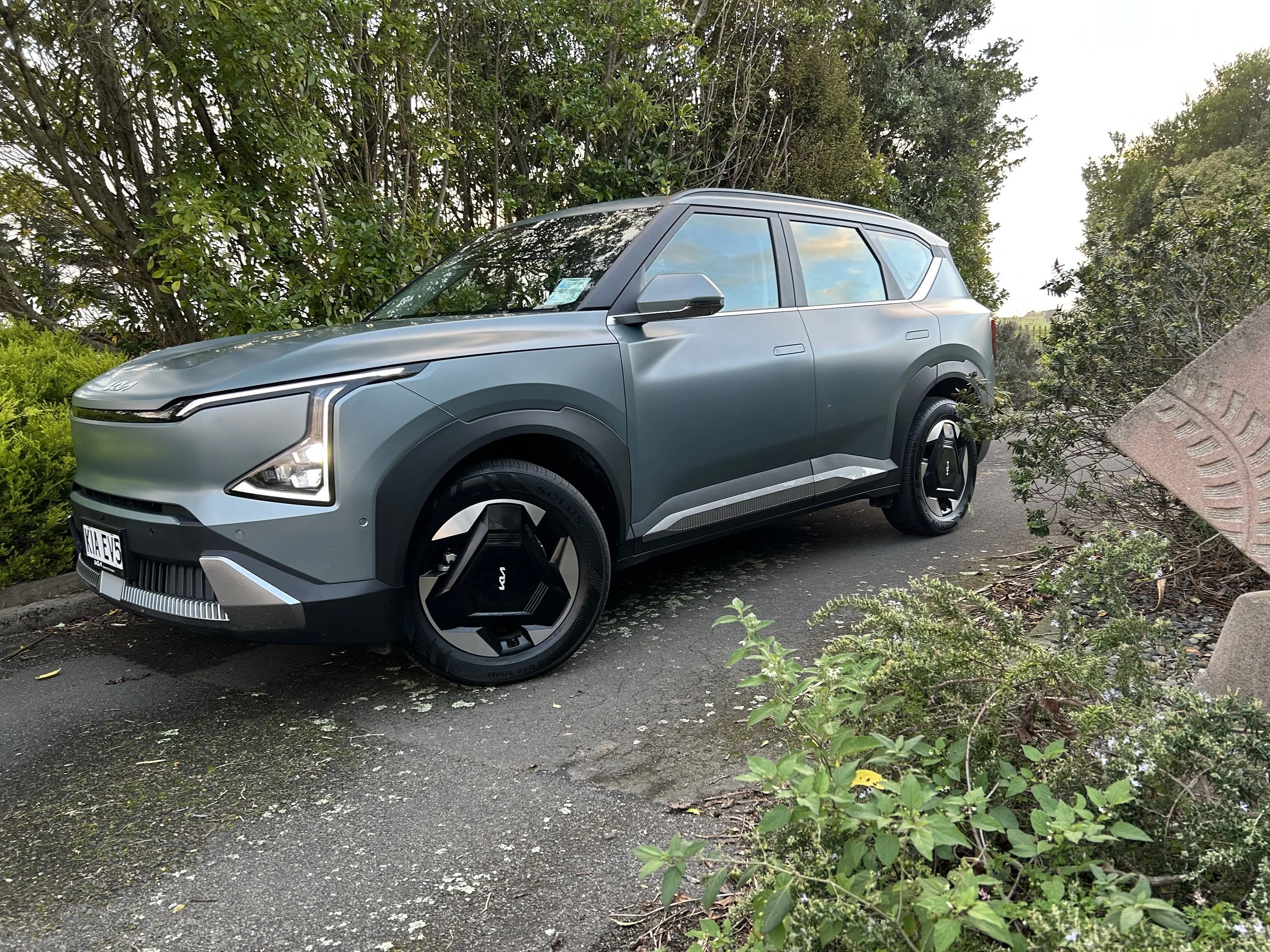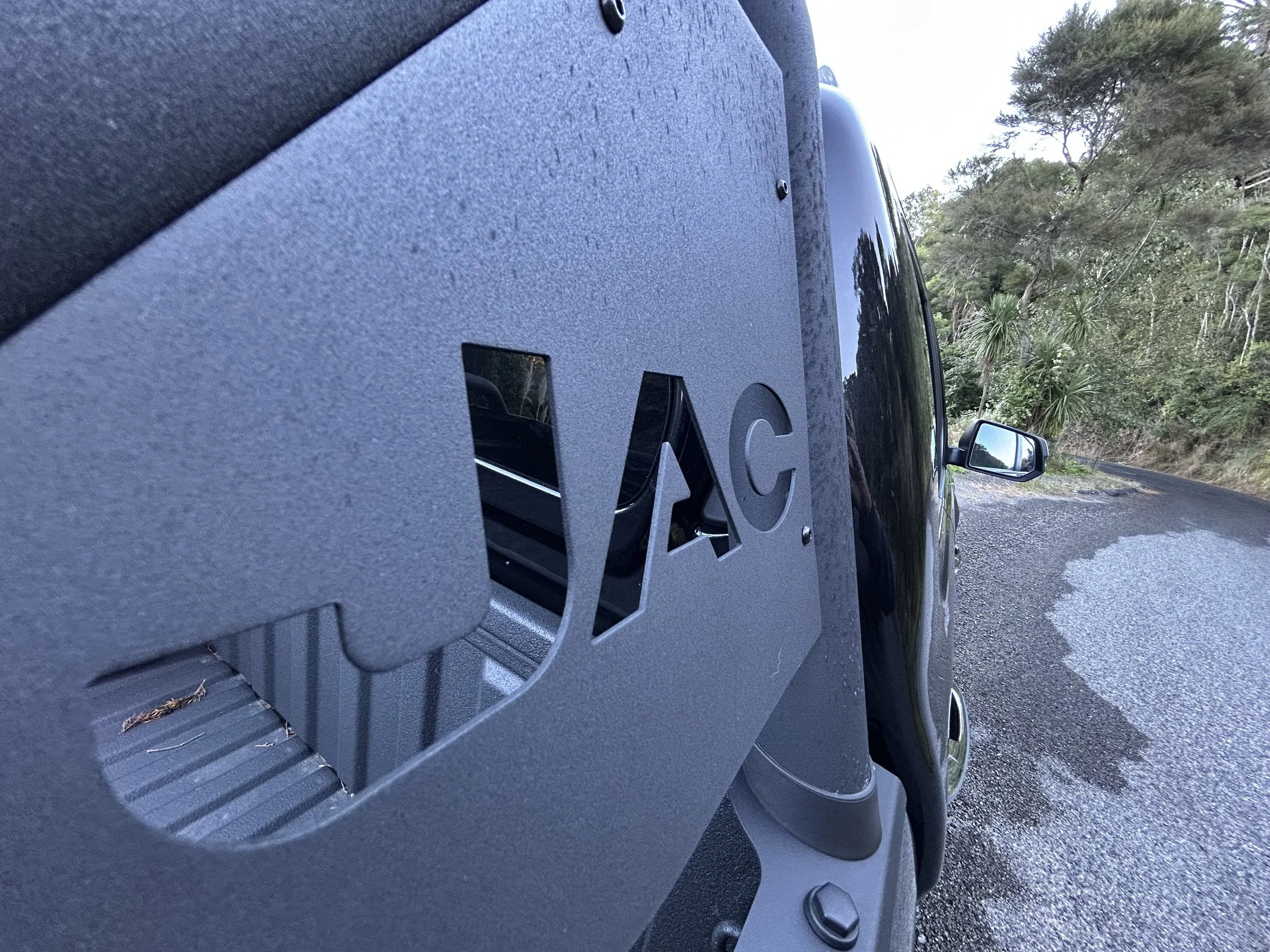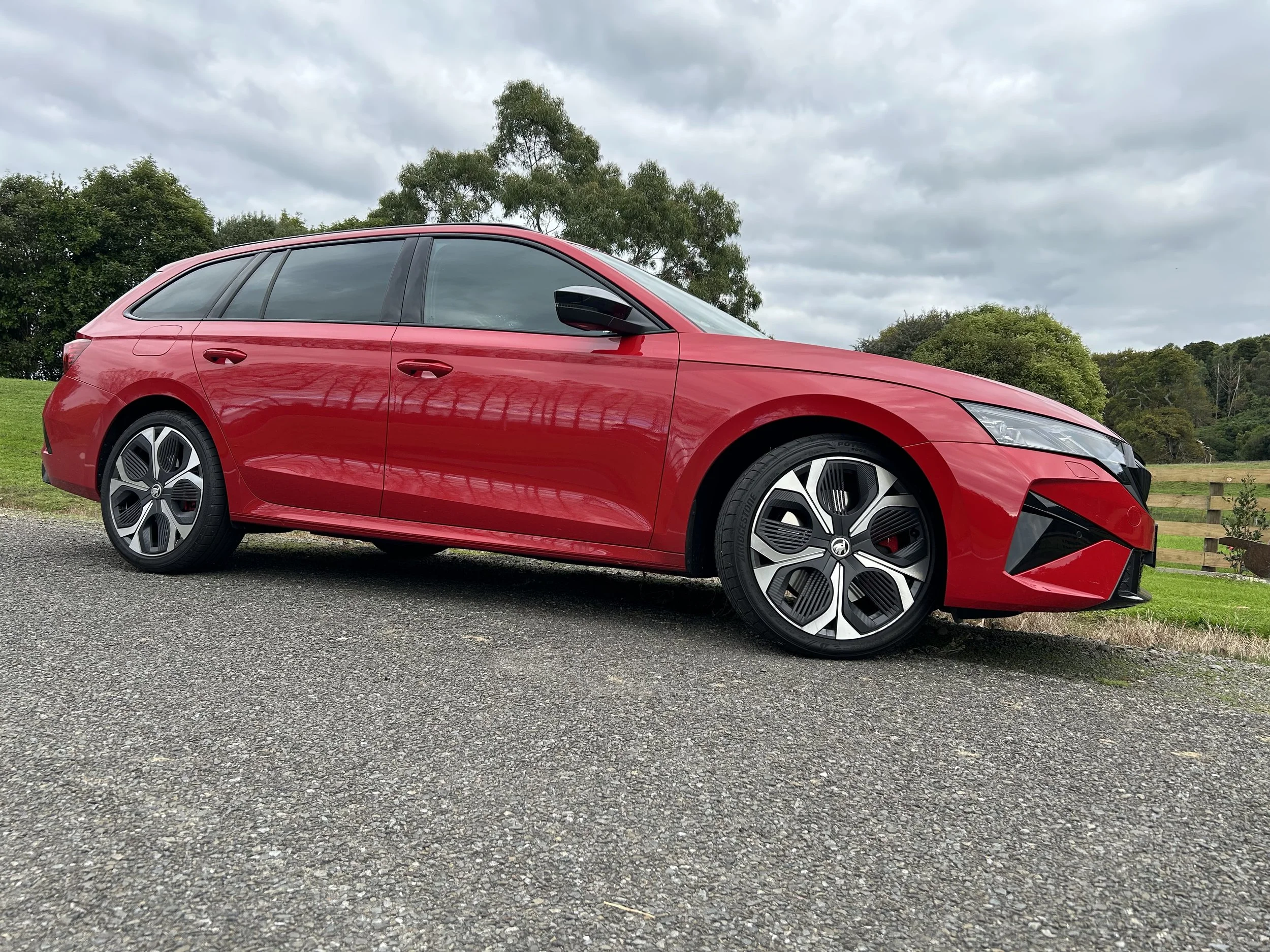Smart drive appeal for updated Tiguan
/A mid-life refresh for VW’s best-selling model here delivers significant revisions.
TWO, four then phwoar …. so goes for the roll out of updated versions of the Tiguan, and that’s just the five-seater version.
Actually, add seven into the mix as well. Later this year we’ll see a facelift of the seven-chair Allspace edition, replicating in the same mainstream trim levels availed to the standard cars.
It’s a big effort, yes, but worth it, because this car is Volkswagen’s big earner these days, internationally – one built every 35 seconds, six million on the world’s roads – and especially here.
One in three NZ-new vehicles registered at the moment is a medium-sized
sports utility and Tiguan is doing a great job keeping VW at the forefront of that trend. Since having shoved Golf aside several years ago to become VW’s most popular car in this country, it has also shrugged off Covid-related supply issues to hold top dog status by some margin.
This year the five-door, which achieves 70 percent of Tiguan volume, alone is expected to capture 1100 of the more than 3000 registrations the brand’s national distributor is aiming to snare. That’s a lift on last year, when Tiguan in all formats accounted for 800 out of a total passenger tally of 2877.
Here’s another factoid about Tiguan. It attracts the same level of astounding loyalty as the brand’s original stalwart, Beetle. Says product manager Jordan Haines: “Tiguan buyers stay in Tiguans.”
Going forward, those owners will enjoy a look and quality more closely related to VW’s next size up SUV, also its largest offer in this market. A clear impression from meeting the facelifted ‘Tig’ is that it has a bit more Touareg to its make-up.
A front that used to be quite snub-nosed has, thanks to an entirely new grille and lights, become smoother and classier and, in doing so, has much more in common for facial look with the biggest soft-roader. A complete do-over of the instrumentation has much the same effect, only this time the Tiguan gets ahead, as it has VW’s very latest displays, these shared with the just-arrived Mk 8 Golf. Going the swank new MIB3 twin screens across the dash gives it a real lift. Crisp screen graphics and quick reactivity are hallmarks of the infotainment side, while the driver’s instrumentation, also fully digital, also looks good and a useful level of information is accessed using touch-sensitive steering wheel buttons. It aces over the hatch by having more coherent heating and air conditioning controls.
Along with the new tech, there’s a palpable lift in the quality. Surfaces that were previously in hard plastics appear now to be rendered in softer, more enticing materials.
Doubtless the furnishings are just as hard-wearing as ever, given the car’s role is primarily to serve as a family bus. In this respect, it still delivers honestly. The revision has not impacted on body dimensions, but there was no need to: The five chair edition is still a roomy car, with decent accommodation in the second row seat, and a big boot as well.
To the range itself. The new models arrive progressively; front-drive cars here now, all-wheel-drives in a couple of months, the Allspace versions in the third quarter then, in December, a variant that’s never been tried before but could turn out to be a distinct winner: The Tiguan R (below), an all-out performance flagship with the same kick-ass 230kW/400Nm 2.0-litre, DSG and AWD drivetrain as the latest hotshot Golf R; also timed for late-year introduction.
The cars on hand at present are the base front-drive Life model that costs $46,990 and a plusher, more heavily-equipped R-Line variant, costing $55,990. That’s the one sampled during the launch event.
Both are powered by the same 1.4T engine as Golf uses but each is mated with a six-speed dual-clutch transmission in place of the hatch’s eight-speed auto. Expect optimal economy of 7.6L/100km.
The incoming all-wheel-drives are 2.0 litre turbopetrols, both with seven-speed twin-clutch transmissions. The $59,990 Style AWD model has 132kW and 320Nm and the $68,990 R-Line version has 162kW and 350Nm; the latter has better claimed economy (8.3 litres per 100km versus 8.6) due it taking stop/start.
The 2021 editions achieve plenty of smarts and conveniences: Even the base Tiguan gets three-zone AC and an electric tailgate. Wireless App-Connect, LED headlights (Matrix type on the R-Line, along with automatic high beam control), ambient lighting also span the range. Wheel sizes enlarge as prices rise; base cars ride on 17-inch wheels, the R-Line 2WD has 19s, the AWD has 20s.
All but the base variant have heated leather seats and can be ordered with a powered panoramic sunroof. Self parking and front and rear sonar is standard and only the entry misses out on a 360-degree camera facility. R-Line has a larger central touch screen than the less expensive variants.
The AWD editions now have hill descent control and driving profile selection (four drive modes); all-paw R-Line has electronically controlled dampers but not the front-drive edition. The cars all come with roof rails and trailer hitch preparation. The front drives can cope with a maximum braked load of 1800kg, rising to 2100kg for the AWDs.
The driving? Just a quick flit, but enough to suggest an R-Line front-drive with this entry engine probably shouldn’t be expected to overly justify the sporty nature of its badging. It’s certainly capable, and maintains confidence through corners, but you’re hauling 1400kg so unsurprisingly this has impact on the dynamics and outright verve; you'd struggle to describe it as an all-out driver's car. But, to be fair, that’s not really a remit for anything other than the outright R, which will deliver 0-100kmh in 4.9 seconds. For the lesser editions, the ultimate ideal is to be roomy, comfy and safe, and on all those points, the Tiguan hits its marks.
Meantime, VW NZ has another Tiguan in its sights; the version running a plug-in hybrid drivetrain. This eHybrid (above) is intriguing.
The ultimate reason for it being is to ace economy and deliver some degree of electric only driving; it achieves both. Economy of 4.7L/100km is possible and the 13kWh battery provides an all-electric range of around 50km at speeds of up to 130kmh.
However, it sounds like there’s a bit of a fun factor from the drivetrain, too. A combination of the 1.4-litre turbocharged petrol and 85kW electric motor means a total output of 180kW and 400Nm of torque, making it second only to the R in the Tiguan power stakes. All of the grunt goes through the front wheels alone and gets the eHybrid from 0-100kmh in 7.5 seconds.
It looks the same as a regular mainstream Tiguan, and also delivers in the same trim specs. With the battery under the rear seat, the fuel tank is pushed back and boot space drops to 476 litres, which might seem a bit of a hit.
Haines says talks are under way with the factory, but there’s no certainty about when it might become available. Sooner the better? “We would love to have a plug-in hybrid, especially as a corporate vehicle.”





